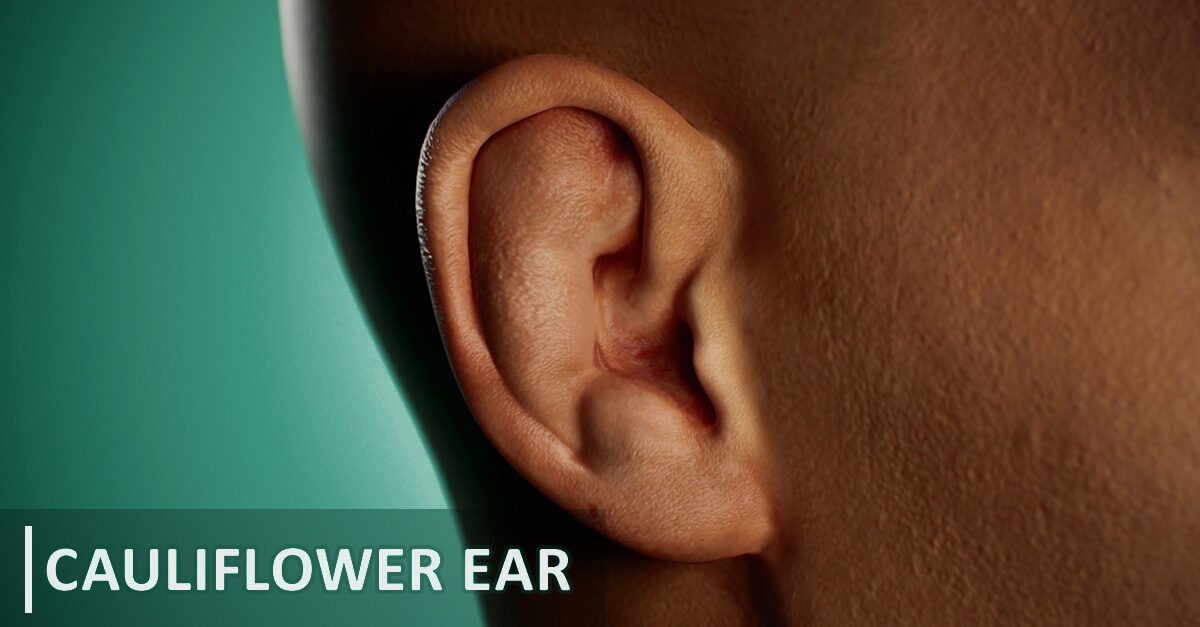
Auricular hematoma, more commonly known as cauliflower ear, describes the lumpy, deformed appearance of the ear. This is usually caused by blunt trauma to the outer ear. It is common in close-contact sports such as boxing, wrestling and rugby.
The outer ear includes the auricle and the external acoustic meatus, or auditory canal. The auricle is the part of the ear we can see, and the part of the ear affected by cauliflower ear. The auricle is composed of cartilage surrounded by connective tissue and the skin.
Visualize the formation of cauliflower ear
When there is blunt force trauma to the auricle, blood vessels that supply the cartilage can tear. This leads to pooling of blood under the skin, also known as a hematoma. As there is no longer an intact supply of blood and nutrients to the cartilage, necrosis or tissue death can occur. New cartilage will grow to replace the dead cartilage. However, the new cartilage grows in a lumpy, cauliflower-like appearance, giving this condition its name.
Symptoms of cauliflower ear include redness, swelling and bruising of the outer ear as well as pain, bleeding, tinnitus, headaches and hearing loss.
Immediately after the injury, ice should be applied to the ear. Treatment of cauliflower ear should be prompt to avoid more long-term effects.
To learn more about the anatomy of the ear, check out our model in Complete Anatomy today.